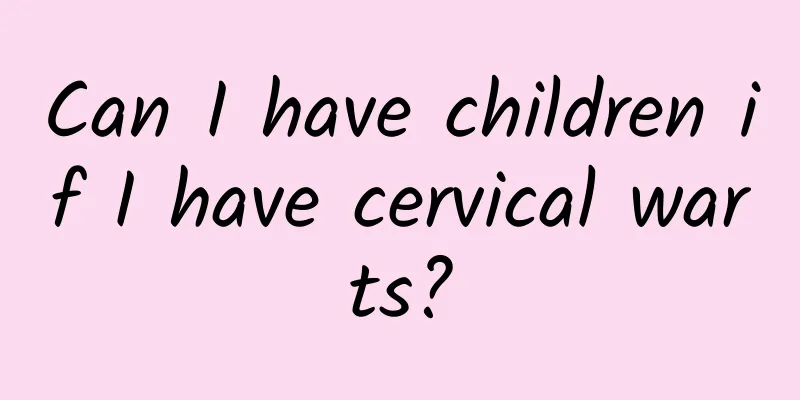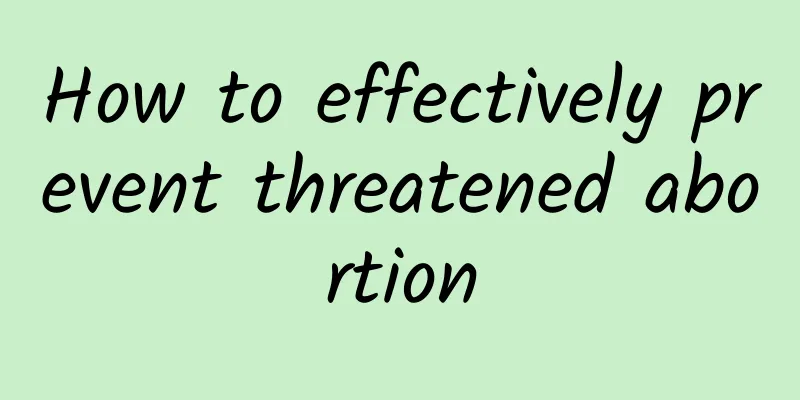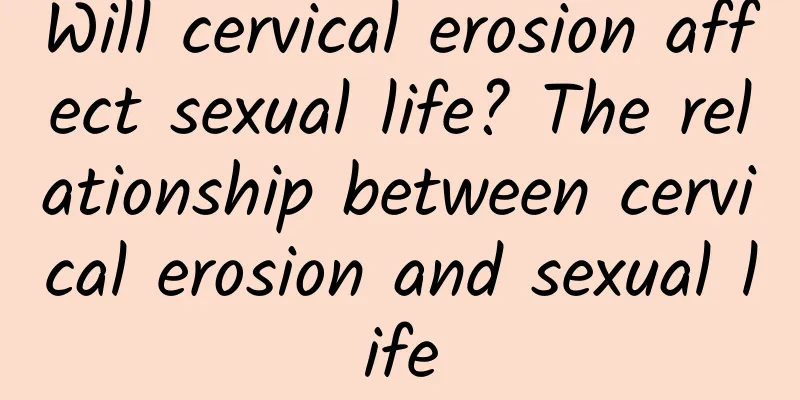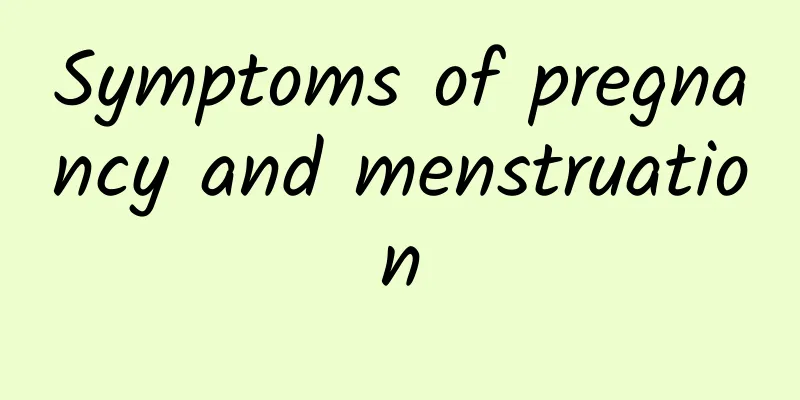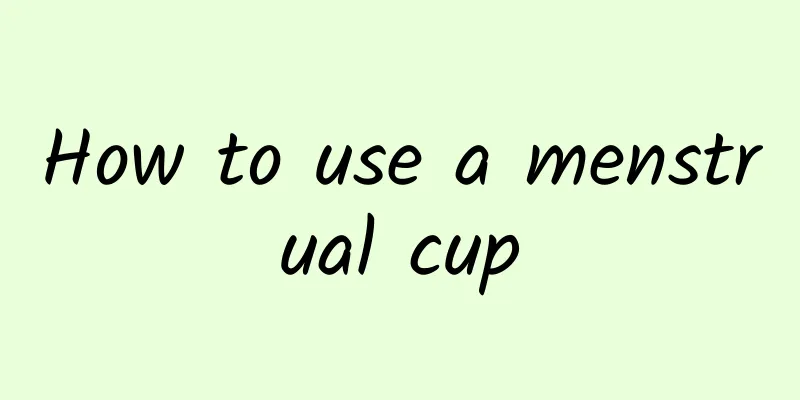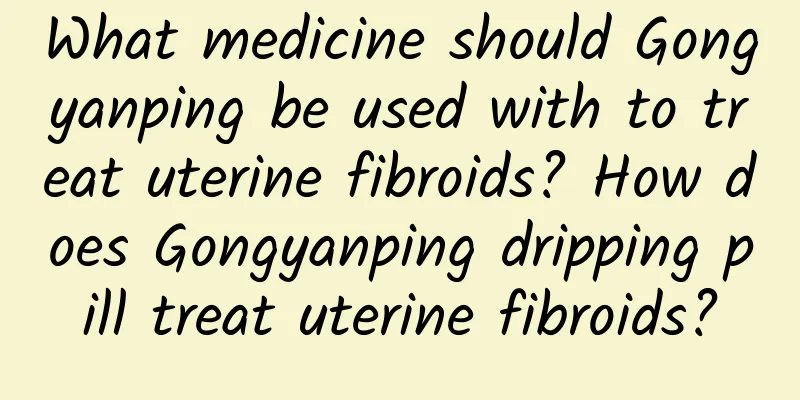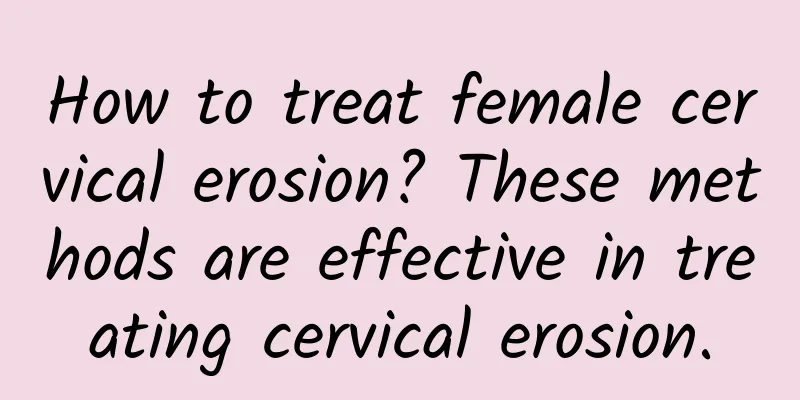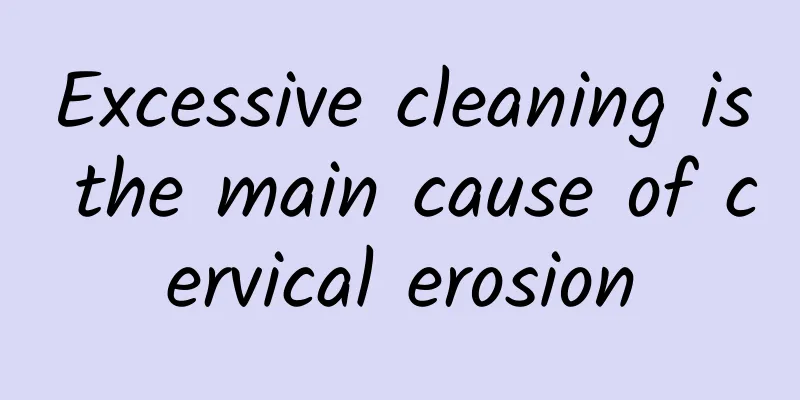How to treat left ovarian cyst

|
The treatment of left ovarian cysts can be selected according to the size and nature of the cysts, as well as the patient's symptoms and health status. Common methods include drug therapy, surgical treatment, and observation and follow-up. The specific treatment plan needs to be individually selected after the doctor's diagnosis. 1) Drug treatment For functional cysts (such as corpus luteum cysts and follicular cysts), they usually disappear on their own without special treatment, but in some cases, medication can be used. For example, oral contraceptives can help regulate hormone levels, thereby inhibiting ovarian ovulation, reducing the occurrence of new cysts, and promoting the shrinkage of existing cysts. However, you must follow the doctor's advice before using the medication and never take the medication on your own. 2) Surgical treatment If the cyst is large (e.g., more than 5-6 cm), complex (e.g., suspected chocolate cyst or malignant tumor), or causes obvious symptoms (e.g., pain, compression of surrounding organs), surgery may be required. Common surgical methods include: -Laparoscopic surgery: for most benign cysts, with less trauma and quick recovery. -Laparotomy: Mainly used in cases where malignancy is suspected or the cyst is very large. - Partial oophorectomy: The cyst is removed while preserving ovarian function. 3) Observation and follow-up For small, asymptomatic benign cysts (usually less than 5 cm), especially during pregnancy or childbearing years, doctors may recommend regular ultrasound scans to observe changes without immediate treatment. If the cyst shrinks or disappears over time, no further intervention is required; if it increases or symptoms occur, the treatment plan needs to be adjusted in a timely manner. In daily life, regulating hormone levels and maintaining a healthy lifestyle can also help reduce the occurrence of complex cysts. For example: maintain a regular schedule, avoid overwork, eat a balanced diet, reduce the intake of high-fat and high-sugar foods, and consume more fruits and vegetables rich in vitamins and dietary fiber. At the same time, it is also very important to maintain an annual gynecological examination. The choice of treatment plan for left ovarian cysts needs to be made by a professional doctor based on the specific situation of the patient. For small functional cysts, you can relax and just observe carefully; for cysts with obvious symptoms and complex nature, you need to seek medical attention in time and take corresponding measures. Comprehensive management is required to ensure ovarian health. Regular prenatal examinations and health monitoring are recommended to minimize the risk of disease. |
<<: Can't eat cold food if you have premature ovarian failure?
>>: Causes and hazards of hydatidiform mole
Recommend
Experts explain the early symptoms of pelvic inflammatory disease
Pelvic inflammatory disease is a relatively harmf...
Can you eat spicy hotpot while losing weight? Nutritionists teach you how to choose food wisely
Being thin is not difficult. As long as you choos...
Vaginal bleeding may be an early symptom of ectopic pregnancy
There are many early symptoms of ectopic pregnanc...
What are the dangers of uterine fibroids?
Uterine fibroids may cause menstrual abnormalitie...
Six small exercises to prevent pelvic inflammatory disease
Six small exercises to prevent pelvic inflammator...
What are the factors that affect the cost of uterine effusion?
Experts at the hospital pointed out that patients...
Can’t eat starch to lose weight? Don’t eat breakfast to lose weight? 5 good articles to help you crack
There are hundreds of ways to lose weight, but wh...
How to know if you have vulvar leukoplakia?
What are the methods for diagnosing vulvar leukop...
Symptoms of pelvic inflammatory disease may also include systemic symptoms
Recently, there are more and more patients with p...
What are the symptoms of irregular menstruation?
What are the symptoms of irregular menstruation? ...
What should I eat for breakfast? How many calories does breakfast contain? Nutritionists teach 4 major groups how to eat right and not get tired
Breakfast is the source of energy to start the da...
Experts have made the following introduction to the predisposing factors of pelvic inflammatory disease
Pelvic inflammatory disease is one of the disease...
Is your weight off in winter? ! A cup of guava for breakfast can cleanse the intestines and improve your skin
If you want to maintain your skin's moisture ...
Uterine bleeding treatment costs
Functional uterine bleeding, also known as DUB, i...
Losing weight in a dream! 5 core methods for losing weight before bed
[The core point of the bedtime weight loss method...

